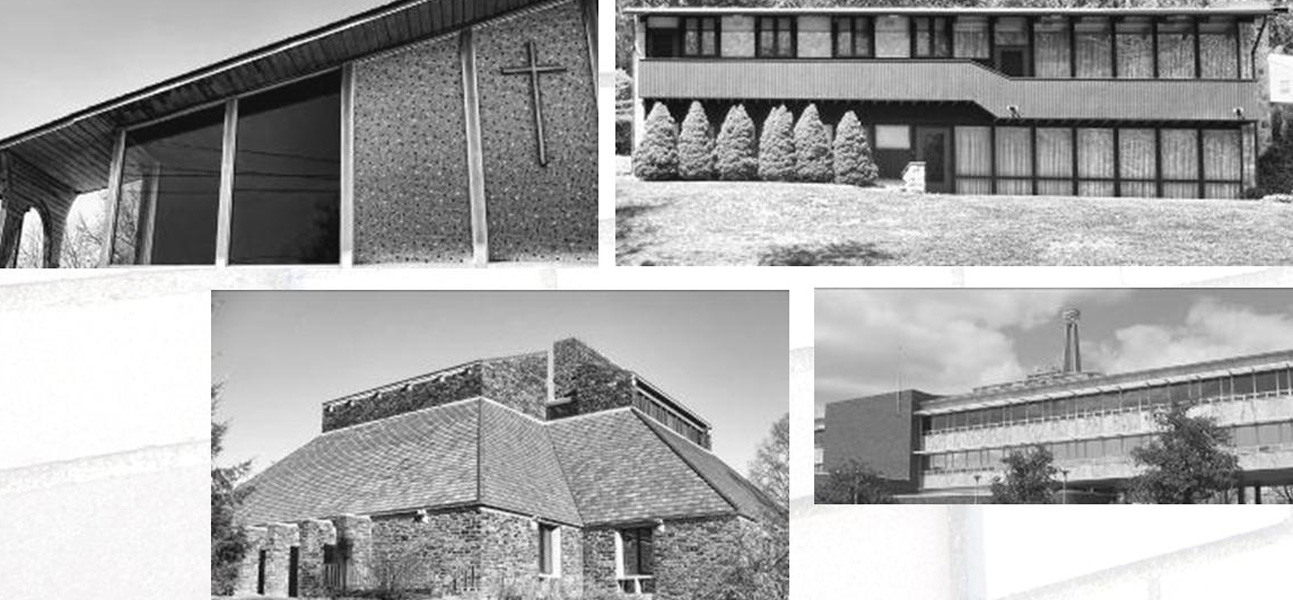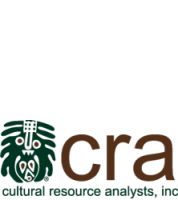
13 May The Challenge of Defining Modernism
While it has been widely noted that systematic categorization of architecture from the post-war period defies the intent of much of this era’s design, the current framework of professional cultural resource work mandates a system that provides categorization, particularly in reference to comparative evaluations undertaken during eligibility determinations. Thus, a consistent application of terminology not only remains necessary to foster the meaningfulness of recordation but also to decrease expenditures of time and money. Unfortunately, the challenge of labeling and identifying resources from the Modern era and the Recent Past has historically plagued many survey efforts.
To attempt to provide a mechanism for categorization, I worked with Historic Landmarks Foundation of Indiana (now Indiana Landmarks) in 2007 and began the process of creating an illustrated style and form manual (Architectural Movements of the Recent Past) that could be used by individuals conducting architectural survey work, from professional surveyors to college students assisting on internships – a guide that was not previously widely available. The goal was not to create a fully-detailed narrative of Modern and Recent Past architecture but to coalesce current studies on the modern built environment into an easy-to-use manual that could be conveniently referenced in the field to identify architectural styles and building forms. The original guide was presented at the National Trust for Historic Preservation’s “Innovative Survey Strategies for the Recent Past,” and was also featured on the National Trust’s TrustModern initiative page, before the initiative was closed by the Trust. This prompted its use by various agencies, organizations, and firms throughout the country.
Since its publication, the current landscape of study has much evolved, evidenced by dozens of local and regional contexts and statewide studies on Modern and Recent Past resources. Each of these has likewise continued the process of seeking ways to meaningfully identify and document Modern and Recent Past resources, with some incorporating guidelines presented in the original document. During this period, my original manual has been periodically updated and revised and continues to be so today, in order to continue to promote a dialogue seeking consistent and meaningful documentation of such resources.



